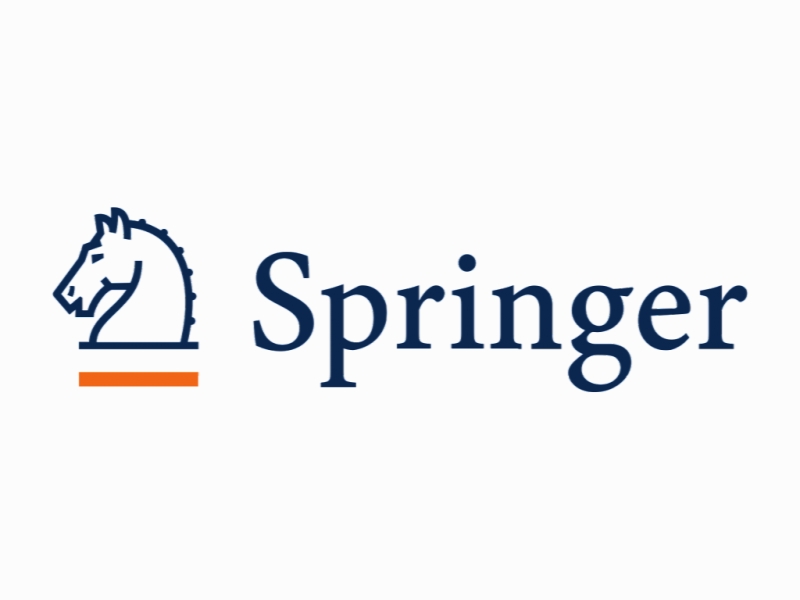چهار مدل مرجع برای الزامات شفافیت در سیستم های اطلاعاتی Four reference models for transparency requirements in information systems
- نوع فایل : کتاب
- زبان : انگلیسی
- ناشر : Springer
- چاپ و سال / کشور: 2018
توضیحات
رشته های مرتبط مدیریت، مهندسی فناوری اطلاعات
گرایش های مرتبط مدیریت فناوری اطلاعات، مدیریت سیستم های اطلاعات
مجله مهندسی الزامات – Requirements Engineering
دانشگاه Bournemouth University – Poole – UK
شناسه دیجیتال – doi https://doi.org/10.1007/s00766-017-0265-y
منتشر شده در نشریه اسپرینگر
کلمات کلیدی انگلیسی Transparency requirements, Transparency stakeholders, Meaningful transparency, Useful transparency, Information quality, Transparency management, Information systems
گرایش های مرتبط مدیریت فناوری اطلاعات، مدیریت سیستم های اطلاعات
مجله مهندسی الزامات – Requirements Engineering
دانشگاه Bournemouth University – Poole – UK
شناسه دیجیتال – doi https://doi.org/10.1007/s00766-017-0265-y
منتشر شده در نشریه اسپرینگر
کلمات کلیدی انگلیسی Transparency requirements, Transparency stakeholders, Meaningful transparency, Useful transparency, Information quality, Transparency management, Information systems
Description
1 Introduction Transparency is derived from the Medieval Latin word ‘‘transparentum’’ and means showing light through [77]. Therefore, it is figuratively used to mean ‘‘being easily seen through’’. In its current usage, however, transparency is sometimes defined as ‘‘the open flow of information’’ [30] and ‘‘the release of information by institutions that is relevant to evaluating these institutions’’ [20]. Consequently, transparency is considered to be a requirement of businesses and their information systems, as it allows for making them accountable to their stakeholders and measuring their trustworthiness through their disclosure of relevant institutional information [61]. The positive connotation normally associated with transparency implies that it is a desirable quality and that it is always desirable for people and institutions to be transparent [50]. However, transparency might have adverse effects in certain cases as well. For example, it has been indicated that if precautionary steps are not taken towards providing transparency, transparency efforts may have a negative effect if clinicians avoid discussion because of the fear of feeling exposed or further upsetting patients and their families [39]. Consequently, precautionary steps in transparency provision should exist so that such adverse effects are minimised. Transparency has been the subject of study in various domains, and there is a rich body of literature supporting it. In the domain of requirements engineering, however, transparency is currently under-researched and there has been a lack of conceptual models and rigorous methods which can be utilised for managing transparency. Furthermore, transparency is sometimes researched along with other information-related concepts, such as trust and privacy. Therefore, peculiarities and subtleties inherent to transparency, such as information overload and interpretability, are rarely paid scholarly attention to. Moreover, transparency can be viewed as a regulatory or voluntary requirement. Regulatory requirements are generally about the compliance between system requirements and regulatory constraints. Such constraints could be enforced by law [24, 37] or they could be quality constraints enshrined perhaps by some form of contract or commitment [54]. Transparency might be seen as a regulatory requirement because laws and regulations may require organisations to be transparent for certain reasons and on certain processes [82]. Transparency can also be seen as a quality constraint, mainly as complying with information availability to the stakeholders who would need them [15]. Transparency could be even twinned with privacy and data protection in the sense of being transparent about the regulations about the right to hide or the obligation to reveal information [29]. Despite the existence of such established conceptualisations and requirements engineering approaches, little focus has been paid to transparency as an information receiver’s requirement in information systems. In other words, information receivers have a wide range of metarequirements on the basic transparency requirements of making information available and accessible. This becomes more important when organisations decide to be transparent on a voluntary basis without the existence of constraints or regulatory requirements. In such cases, the main focus would be making transparency more meaningful and useful to the audience, the characteristic which has not been the main focus of various reviewed works in the requirements engineering literature on information systems. Our work provides a breadth of concepts attempting to pave the way to such a consideration.


